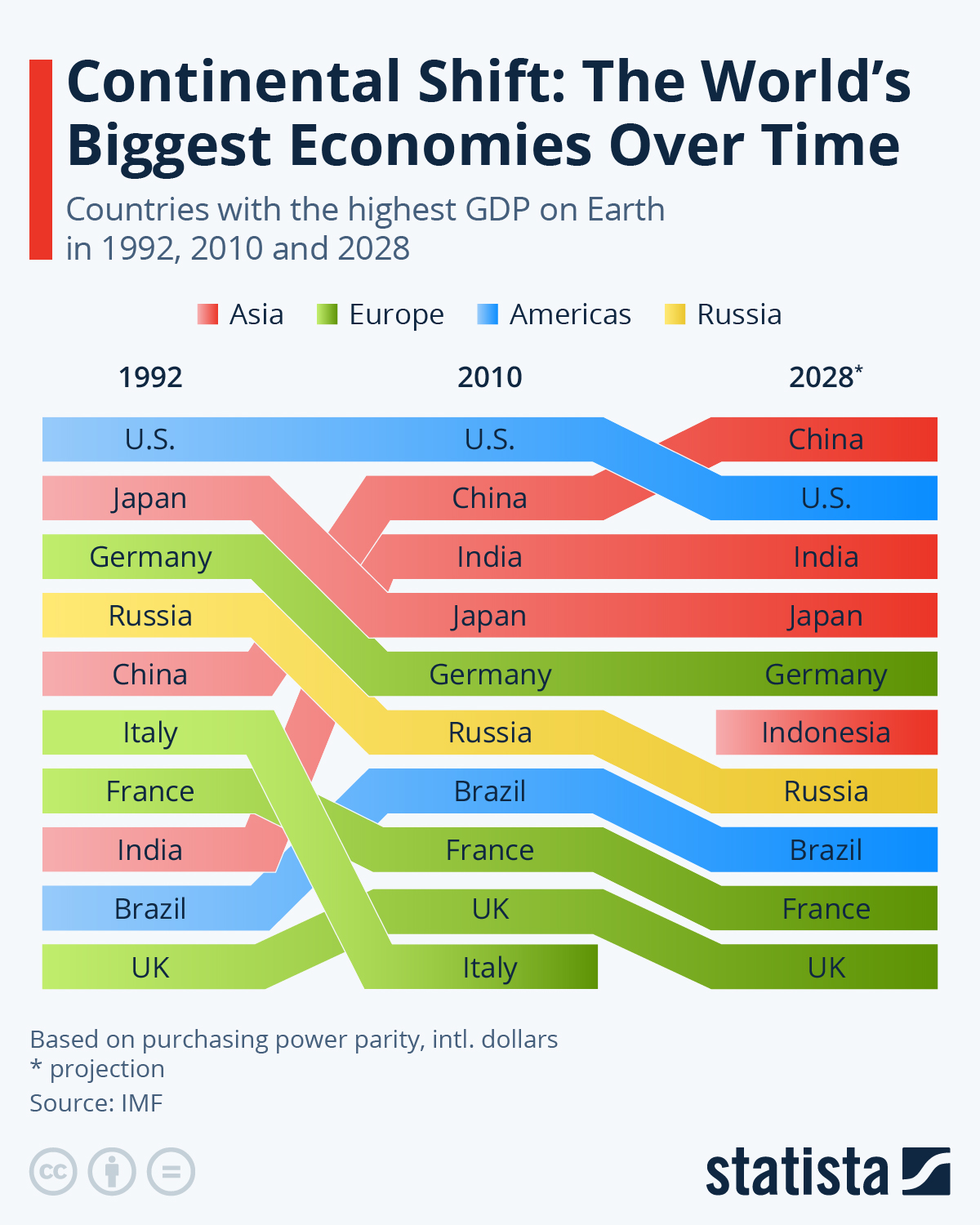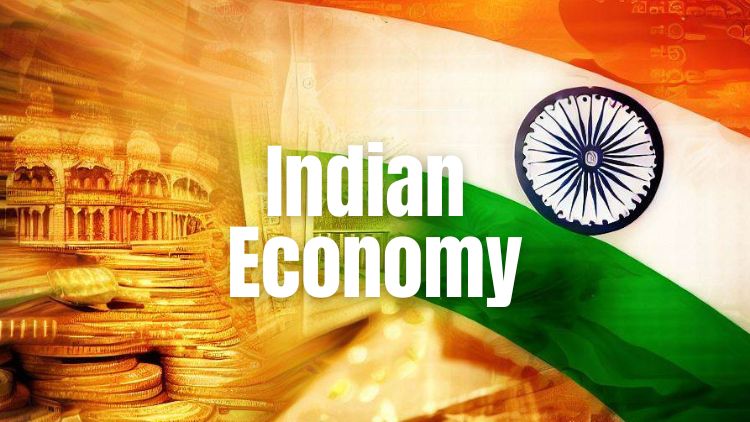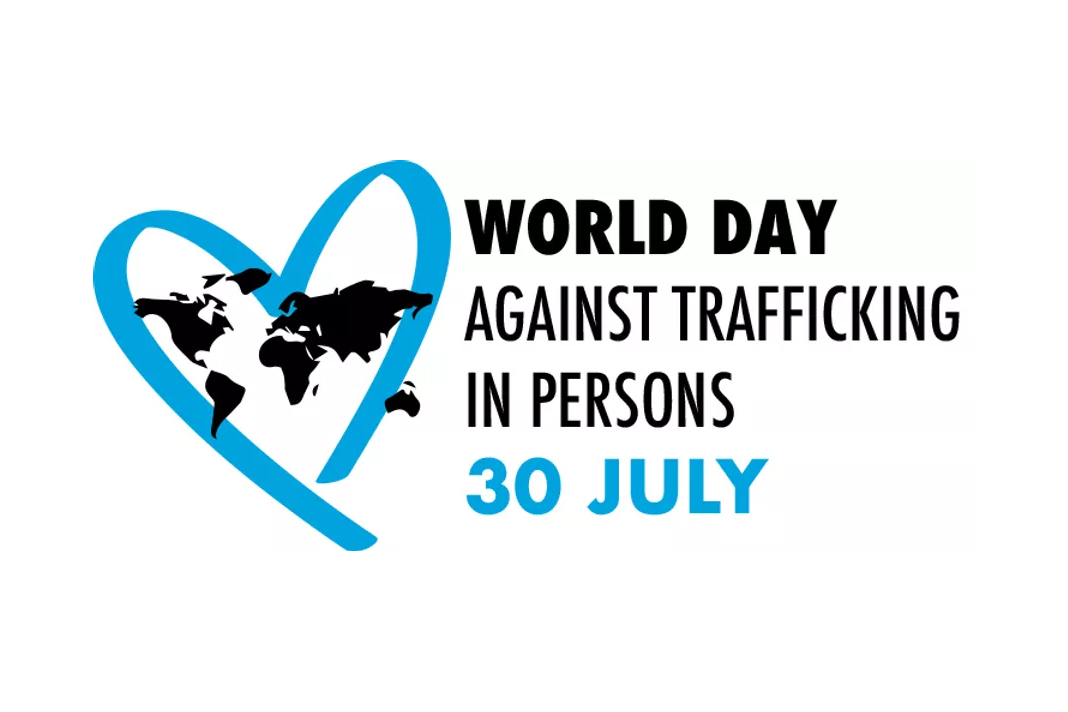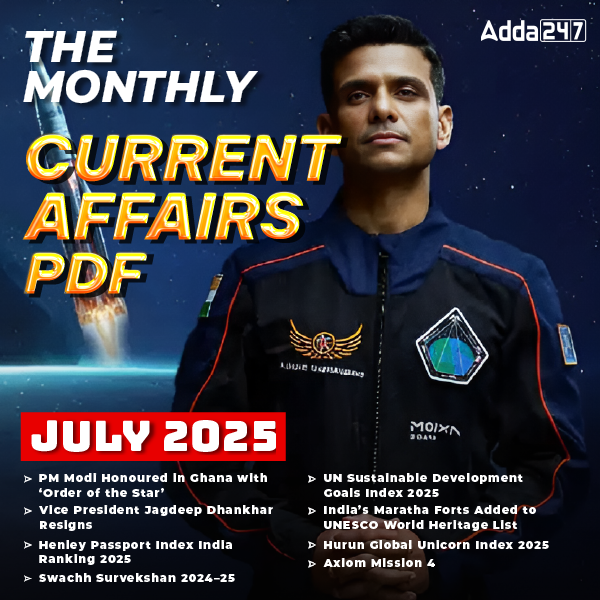Standard Chartered’s India research team has projected a transformative growth trajectory for India’s economy, expecting it to reach $6 trillion by 2030. This remarkable achievement is supported by various factors, including a significant increase in per capita income and robust structural growth drivers. India’s stable macroeconomic environment further reinforces its position as a leading global economy. By 2030, India is set to become the world’s third-largest economy, trailing only the United States and China, solidifying its role as a major player in the global economic landscape.
Doubling Per Capita Income: A Standout Achievement
One of the most significant milestones in India’s economic journey is the expected doubling of per capita income by 2030. As the economy grows and income disparities reduce, a larger portion of the population will experience improved living standards, fostering a more prosperous and equitable society. Currently, India’s GDP stands at about $3.5 trillion, with per capita income at $2,450 as of CY 2022.
India’s Position as the Third-Largest Economy

India’s GDP is projected to nearly double in the next seven years, reaching $6 trillion by 2030. This growth is primarily driven by domestic factors, including organic growth and robust household consumption. By the end of the decade, India is expected to secure its position as the world’s third-largest economy, showcasing its significant economic progress.
Transition to an Upper-Middle-Income Economy
Apart from becoming the third-largest economy, India’s transition from a lower-middle-income economy to an upper-middle-income economy is a noteworthy yet under-appreciated theme. This shift in income levels reflects the nation’s remarkable progress and potential for greater economic prosperity.
Drivers of India’s Growth
Several key factors are expected to drive India’s growth over the next decade:
- Consistent Policy Reforms: India’s commitment to implementing progressive policy reforms will create a conducive environment for economic development and attract investments.
- Macroeconomic Stability: The country’s stable macroeconomic landscape will foster investor confidence and ensure sustained growth.
- Healthy Financial Sector: A robust and healthy financial sector will support the efficient allocation of capital and promote economic activities.
- Demographic Advantage: India’s large and young population, with a significant share of the working-age group, will act as a driving force for growth.
- Digitalization and Urbanization: Rising digitalization and increasing urbanization will boost productivity and create new avenues for economic growth.
- Expanding Middle Class: A growing middle class with higher disposable incomes will drive consumption and fuel economic expansion.
- Political Stability: Political stability will provide a conducive environment for long-term planning and execution of developmental initiatives.
Regional Disparities and Consumption Expenditure
By 2030, several states in India are expected to outpace the national average in terms of wealth. Additionally, household consumption expenditure may reach levels similar to India’s current GDP, indicating a potential rise in consumer spending and economic prosperity.
Find More News on Economy Here



















